Chickie'sMomaInNH
Garden Master
please check out post #30 for the newest update!
i figured i would start a new thread for those that want to watch my progress of trying to do some apple tree grafting.
i have my Bud 9 rootstock i got from FedCo Seeds over in Maine. Bud 9 is a common apple rootstock in our area that is good for making the trees grow to about 8-10ft tall. they are very cold hardy for around the northeast. http://www.orangepippin.com/resources/general/apple-rootstocks a little explanation of some of the more common rootstock out on the market. i have 30 of these to use for grafting. if i don't use all of them i can plant the left overs for another year or two and use them for future trees. from what i have been reading and seeing on YouTube this is a way to propagate more rootstock for future use since more rootstock tends to sucker.
i also have 17 different scion wood cuttings received so far that are about 8" long. each one should give me a couple of cuttings each since i'll need some practice. i have 7 more coming. if you're interested in the varieties i'm going to graft you can check out my original thread.
http://www.theeasygarden.com/forum/viewtopic.php?id=35465
a few things to keep in mind if your going to graft:
-- Make sure the scion and rootstock are botanically compatible. Many varieties of fruit can only be grafted to a tree of the same species (e.g. apples). Others are more flexible. Apricots can be grafted onto pluot rootstock, and many European plums can be grafted onto almond rootstock.
-- Graft when the scion is dormant, typically winter through early spring.
-- Graft 1-year-old scion wood with about three leaf (flat) buds.
-- Make sure scion buds point upward.
-- Contact between the living cell tissue (cambium) in the scion and the tree is essential if the graft is to take.
-- Seal the entire scion and graft union to avoid dehydration, and bind the union to ensure the cambia remain in contact.
Read more: http://www.seattlepi.com/lifestyle/...trees-can-be-simple-1016468.php#ixzz2OSwuFuU5
tools needed to work with grafting:
-sharp knife for the cutting/trimming (non serrated blade). you don't need to have a grafting knife-a pairing knife will also work.
-paraffin wax or grafting wax (i'm using grafting wax)-to seal the scion to help keep moisture from drying out while it is healing.
-something to bind the graft-i was able to get para-film tape, a wax tape used for grafting. you can get certain rubber bands to do this. my dad used electrical tape when i was a kid but his attempt to graft didn't work. you want to bind the graft to keep it tight and from drying out.
-and something to label your handiwork so you know for later what you're growing.
now for the grafts you could use:
-Bench Grafting or whip & tongue (i may do most of them this way since my rootstock and scions are about 1/4" thick). a diagonal cut done on both the rootstock and scion and match up the cambium.
-Cleft graft (i'll also do a few of these). you do a straight cut about an inch deep on the top of the rootstock. cut the bottom of the scion into a wedge about the same depth and place it into the rootstock's cut.
-Bark, or rind grafts are done by separating the bark from the cambium layer and the scion is trimmed so it slides just under the bark with the cambium layers touching. (done mostly on larger trees for top working if you have an older tree you want to redo the grafts to something you'd rather have)
-Inlay grafting is sort of like Bark grafting except you'll remove the layer of bark from the scion. (this is mostly done on larger trees outside like bark grafting.)
good info and pics on grafting styles http://pubs.cas.psu.edu/freepubs/pdfs/uj255.pdf
you can also check on youtube for videos of others and their methods if you're more visual like me. i'll followup with my pics of progress.
i figured i would start a new thread for those that want to watch my progress of trying to do some apple tree grafting.
i have my Bud 9 rootstock i got from FedCo Seeds over in Maine. Bud 9 is a common apple rootstock in our area that is good for making the trees grow to about 8-10ft tall. they are very cold hardy for around the northeast. http://www.orangepippin.com/resources/general/apple-rootstocks a little explanation of some of the more common rootstock out on the market. i have 30 of these to use for grafting. if i don't use all of them i can plant the left overs for another year or two and use them for future trees. from what i have been reading and seeing on YouTube this is a way to propagate more rootstock for future use since more rootstock tends to sucker.
i also have 17 different scion wood cuttings received so far that are about 8" long. each one should give me a couple of cuttings each since i'll need some practice. i have 7 more coming. if you're interested in the varieties i'm going to graft you can check out my original thread.
http://www.theeasygarden.com/forum/viewtopic.php?id=35465
a few things to keep in mind if your going to graft:
-- Make sure the scion and rootstock are botanically compatible. Many varieties of fruit can only be grafted to a tree of the same species (e.g. apples). Others are more flexible. Apricots can be grafted onto pluot rootstock, and many European plums can be grafted onto almond rootstock.
-- Graft when the scion is dormant, typically winter through early spring.
-- Graft 1-year-old scion wood with about three leaf (flat) buds.
-- Make sure scion buds point upward.
-- Contact between the living cell tissue (cambium) in the scion and the tree is essential if the graft is to take.
-- Seal the entire scion and graft union to avoid dehydration, and bind the union to ensure the cambia remain in contact.
Read more: http://www.seattlepi.com/lifestyle/...trees-can-be-simple-1016468.php#ixzz2OSwuFuU5
tools needed to work with grafting:
-sharp knife for the cutting/trimming (non serrated blade). you don't need to have a grafting knife-a pairing knife will also work.
-paraffin wax or grafting wax (i'm using grafting wax)-to seal the scion to help keep moisture from drying out while it is healing.
-something to bind the graft-i was able to get para-film tape, a wax tape used for grafting. you can get certain rubber bands to do this. my dad used electrical tape when i was a kid but his attempt to graft didn't work. you want to bind the graft to keep it tight and from drying out.
-and something to label your handiwork so you know for later what you're growing.

now for the grafts you could use:
-Bench Grafting or whip & tongue (i may do most of them this way since my rootstock and scions are about 1/4" thick). a diagonal cut done on both the rootstock and scion and match up the cambium.
-Cleft graft (i'll also do a few of these). you do a straight cut about an inch deep on the top of the rootstock. cut the bottom of the scion into a wedge about the same depth and place it into the rootstock's cut.
-Bark, or rind grafts are done by separating the bark from the cambium layer and the scion is trimmed so it slides just under the bark with the cambium layers touching. (done mostly on larger trees for top working if you have an older tree you want to redo the grafts to something you'd rather have)
-Inlay grafting is sort of like Bark grafting except you'll remove the layer of bark from the scion. (this is mostly done on larger trees outside like bark grafting.)
good info and pics on grafting styles http://pubs.cas.psu.edu/freepubs/pdfs/uj255.pdf
you can also check on youtube for videos of others and their methods if you're more visual like me. i'll followup with my pics of progress.


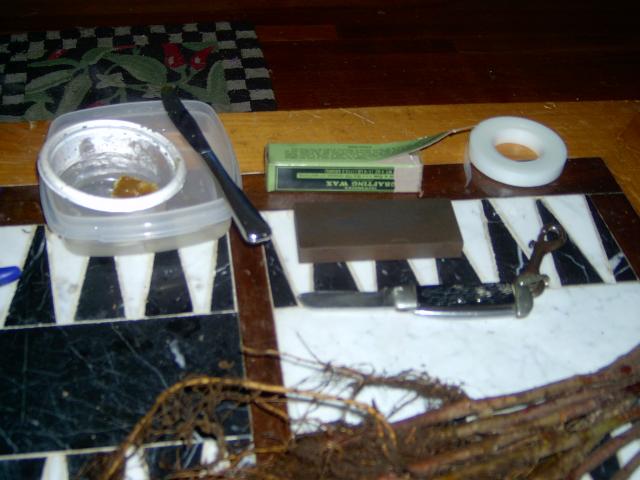
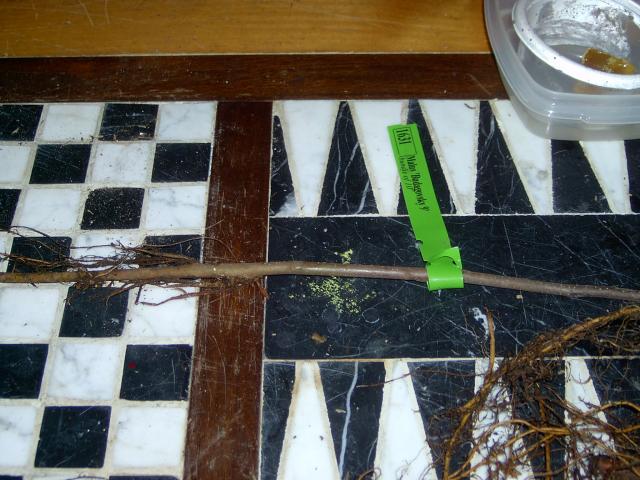
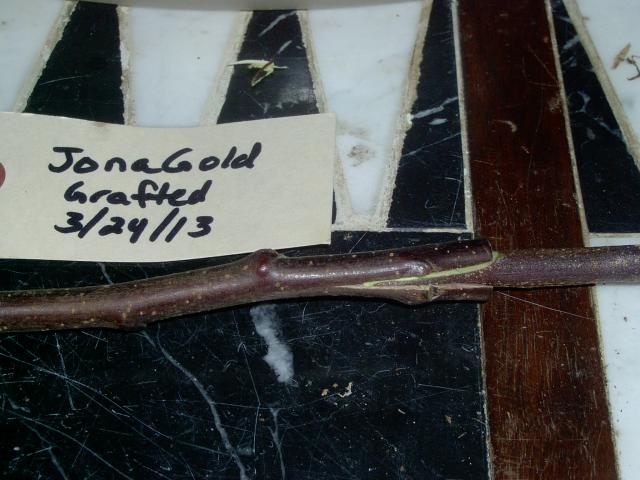
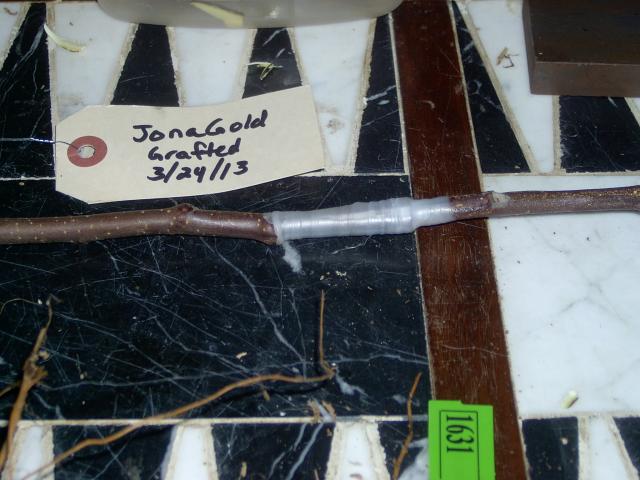
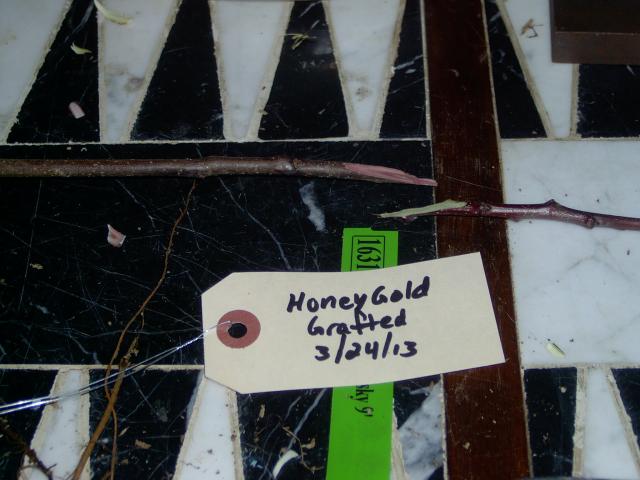
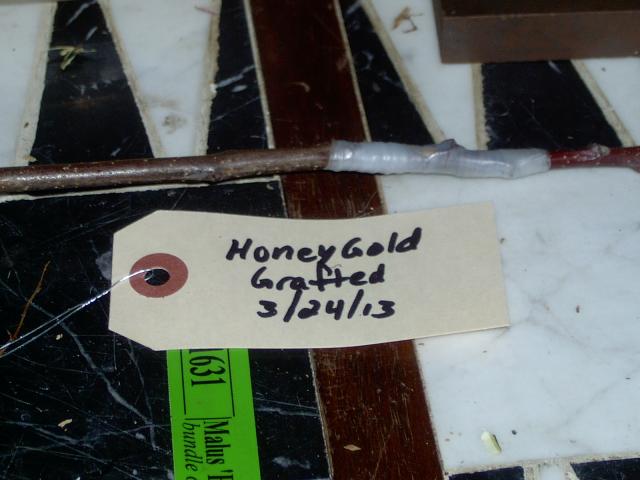
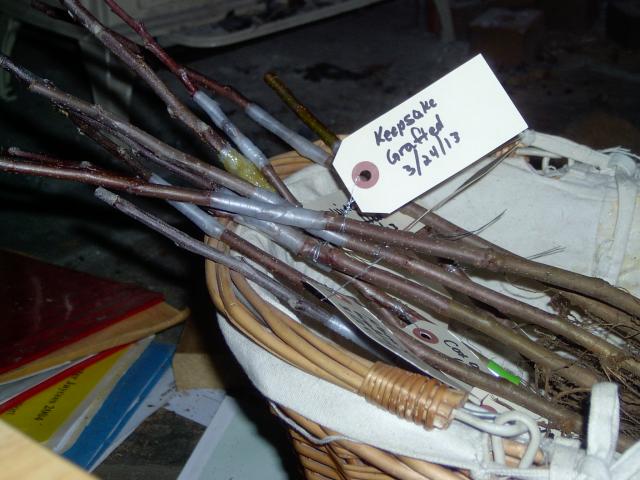
 but that is easy compared to some of the cubes.
but that is easy compared to some of the cubes.